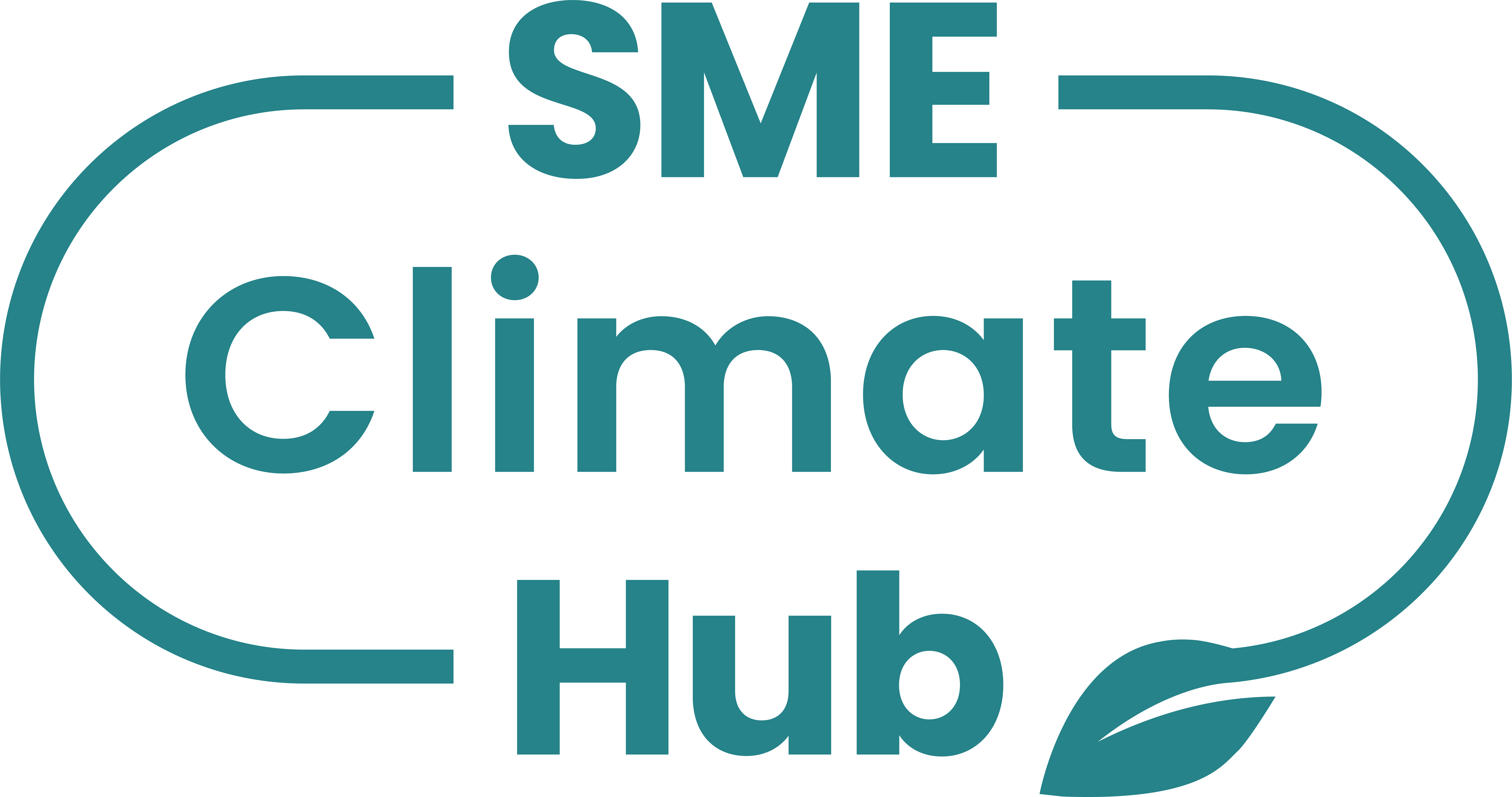Introduction *
Joint Operations Ltd's Climate Report
Commitment And Targets *
Own emissions *
Value chain emissions *
(optional)Actions and plans to reduce emissions *
Climate Solutions *
(optional)Management and strategy *
(optional)Results, challenges and outlook *
Introduction *
reporting year
*2022
number of employees in the reporting year
*47
Commitment And Targets *
net zero target year
*2050
Base year
*2022
comment on your net zero targets
*We are aiming to reduce our carbon dioxide emissions and be Net Zero by 2050, in line with UK Government targets
near-term scope 1 target
*50
target year
*2030
near-term scope 2 target
*50
target year
*2030
near-term scope 3 target
*50
target year
*2030
comment on your near-term targets
*We are also committing to follow the UK Government targets and reduce our GHG emissions by 50% before 2030 and achieve Net Zero emissions by 2050.
Own emissions *
scope 1 emissions
scope 1 emissions (metric tons co2e)
*75.033
own facilities
*28.165
metric tons CO2eown processes
*46.868
metric tons CO2escope 2 emissions
scope 2 emissions (metric tons co2e)
*1.751
total energy consumption (kwh)
*-
renewable energy
*100
purchased electricity
*0
Renewable electricity (%)
100
purchased steam
*N/A
Renewable electricity (%)
-
purchased heating
*N/A
Renewable electricity (%)
-
purchased cooling
*N/A
Renewable electricity (%)
-
Value chain emissions (optional) *
scope 3 emissions
scope 3 emissions (metric tons co2e)
*325.372
Actions and plans to reduce emissions *
i have asked my suppliers to halve emissions before 2030 and join the un-backed race to zero campaign
*No
i have communicated my commitment and actions to my business customers and asked them to join the un race to zero
*No
Climate Solutions (optional) *
Management and strategy (optional) *
Results, challenges and outlook *

Joint Operations Ltd's Climate Report
Joint Operations Ltd's Climate Report - 2022
Introduction *
reporting year
*2022
number of employees in the reporting year
*47
Commitment And Targets *
net zero target year
*2050
Base year
*2022
comment on your net zero targets
*We are aiming to reduce our carbon dioxide emissions and be Net Zero by 2050, in line with UK Government targets
near-term scope 1 target
*50
target year
*2030
near-term scope 2 target
*50
target year
*2030
near-term scope 3 target
*50
target year
*2030
comment on your near-term targets
*We are also committing to follow the UK Government targets and reduce our GHG emissions by 50% before 2030 and achieve Net Zero emissions by 2050.
Own emissions *
scope 1 emissions
scope 1 emissions (metric tons co2e)
*75.033
own facilities
*28.165
metric tons CO2eown processes
*46.868
metric tons CO2escope 2 emissions
scope 2 emissions (metric tons co2e)
*1.751
total energy consumption (kwh)
*-
renewable energy
*100
purchased electricity
*0
Renewable electricity (%)
100
purchased steam
*N/A
Renewable electricity (%)
-
purchased heating
*N/A
Renewable electricity (%)
-
purchased cooling
*N/A
Renewable electricity (%)
-
Value chain emissions (optional) *
scope 3 emissions
scope 3 emissions (metric tons co2e)
*325.372
Actions and plans to reduce emissions *
i have asked my suppliers to halve emissions before 2030 and join the un-backed race to zero campaign
*No
i have communicated my commitment and actions to my business customers and asked them to join the un race to zero
*No
Climate Solutions (optional) *
Management and strategy (optional) *
Results, challenges and outlook *
Not sure how to start?
See the steps you can take and get help building a plan to cut your business emissions today.
Ready to commit to lower emissions?
It’s easy to make the commitment. Just complete a form sharing your intent to reduce your emissions.
You’ll earn public recognition for taking the first step.
Register now to use our tools
Register now to use our tools
Log in
Don't have an account? Create account
Log in
Don't have an account? Create account to access our tools or make the SME Climate Commitment
Log in
Don't have an account? Create account to access our tools or make the SME Climate Commitment
Forgot password?
Please enter your email address. You will receive a link to create a new password via email.